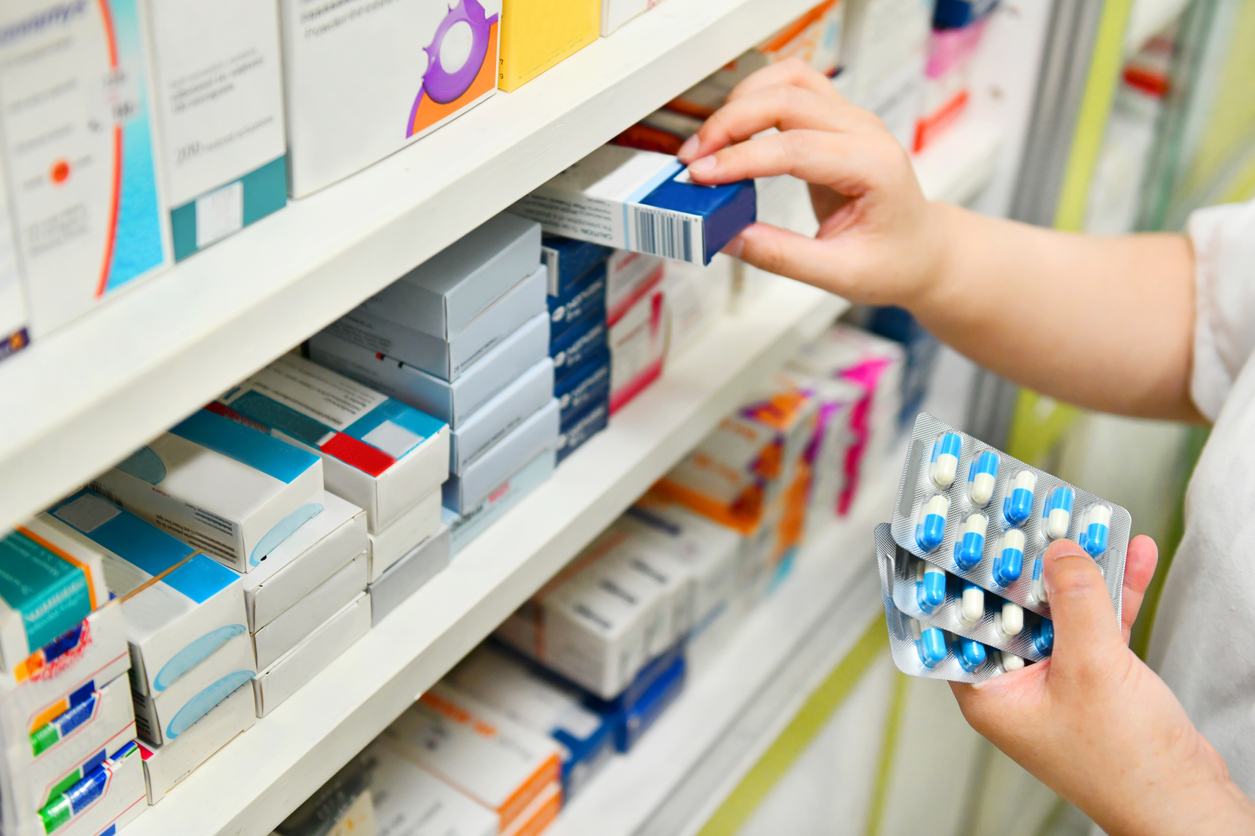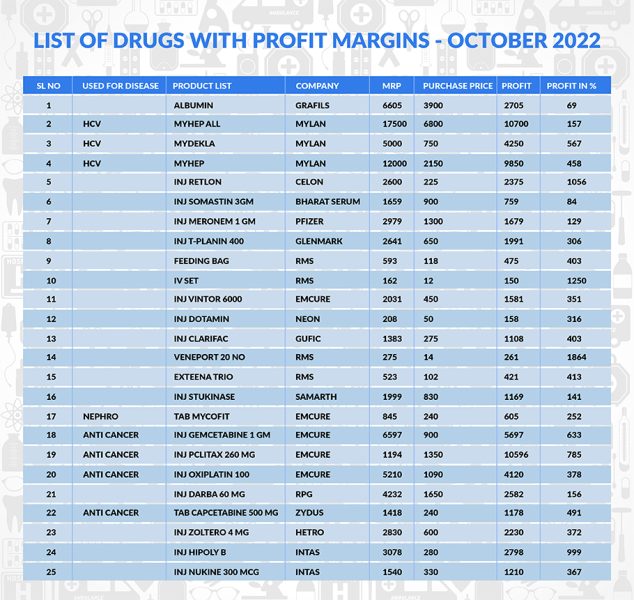
Patients bleed as Modi govt dithers on capping trade margins on drugs
The rationalization of prices resulted in notional annual savings of ₹984 crore per annum to cancer patients, according to the ministry's own assessment.

Exorbitant prices of medicines continue to pinch patients across India even as the Narendra Modi government remains indecisive over implementing a recommendation of its own committee to cap trade margin on drugs.
The high trade margins inflate the out-of-pocket expenditure on drugs to as high as around 67 per cent of total spending on health by a patient, pointed out a section of doctors who are now pushing the government to rationalize prices of all drugs costing Rs 100 and above.
Despite the high-cost burden, the government is dithering to implement the crucial recommendation made by a high-level panel around seven years ago.
The Committee on High Trade Margin (CHTM) was constituted on September 16, 2015 to look into the pricing issue after several complaints were referred to the department of pharmaceuticals under the ministry of chemicals and fertilizers through various channels.
Even the Supreme Court and at least two high courts had in the past expressed concern over the issue.

The CHTM in its report too admitted that there were allegations that the profit margins ranged from 300 to 5,000 per cent.
A random list of 25 drugs with their cost price and MRP as on October 2022 released by the Indian Doctors for Peace and Development (IDPD), a lobby and advocacy group, showed that trade margin (profit) in some cases is above 1000 per cent.
Trade margin is the difference between the price at which the manufacturer sells the drug to a wholesaler and the maximum retail price (MRP) that a consumer pays.
The MRP is printed on drugs by the manufacturer on the advice of the trading/marketing companies. There is no regulation of MRP or trade margin under the present Drug Price Control Order (DPCO) except in the case of scheduled medicines.
It provides an incentive to the retailers to sell those drugs which have higher MRP printed on it.
Also read: Antiviral drugs may reduce monkeypox symptoms, shorten contagious phase: Lancet study
To rationalize the pricing mechanism, the CHTM headed by senior bureaucrat Sudhansh Pant in its report submitted to the government in 2015 recommended capping trade margins at 35 per cent on all the drugs with MRP of Rs 50 and above.
For those drugs with MRP ranging from Rs 2 to 20, the proposed cap is 50 per cent. The committee further proposed to cap the margin at 40 per cent for drugs priced between Rs 20-50.
The recommendations were made after discussions with various stakeholders, including pharmaceutical companies.
The objective was to control “exorbitant trade margins which fleece consumers”.
The government, ostensibly under pressure from the pharmaceutical lobby, is however yet to implement the recommendations.
Chairman of the National Pharmaceutical Pricing Authority (NPPA) Kamlesh Kumar Pant told an IDPD delegation that soon it will come out with a report on trade margin rationalization on several drugs.
The IDPD delegation led by its senior vice-president Dr Arun Mitra called on the NPPA chairman on October 14 and submitted a memorandum seeking a cap on trade margin to a maximum of 30 per cent from the factory price to the consumer.
The IDPD, the Alliance of Doctors for Ethical Health Care and other doctor bodies have also decided to launch a campaign to generate public opinion on drug prices to compel the government to rationalize trade margins.
“The IDPD will generate public opinion on the issues of drug prices through seminars, lectures and media interactions,” Dr Mitra told The Federal.
Also read: NPPA fixes retail prices of 84 drug formulations
The government is unlikely to cap the margin to as low as 30 per cent, sources in the department of pharmaceuticals under the ministry of chemicals and fertilizers say. It is also not in a hurry to rationalize trade margins of all drugs in one go either, they added.
Discussions are, however, ongoing between the Department of Pharmaceuticals and the NPPA to rationalize prices in a “graded manner,” sources say, and the cap may vary from 35 to 50 per cent.
The recent capping of trade margin of select anti-cancer drugs by NPPA led to reduction of their prices up to 91 per cent, sources added.
For instance, the price of one strip (10 numbers) of a BIRLOTIB brand tablet of Erlotinib (150mg) used to cost Rs 9,999 before capping. After capping, the price came down to Rs 892.
Similarly, the price of PEMESTAR 500 injection was costing 25,400 (per injection). But after trade margin rationalization, it costs Rs 2,509 per injection.
The rationalization of prices resulted in notional annual savings of ₹984 crore per annum to cancer patients, according to the ministry’s own assessment.

